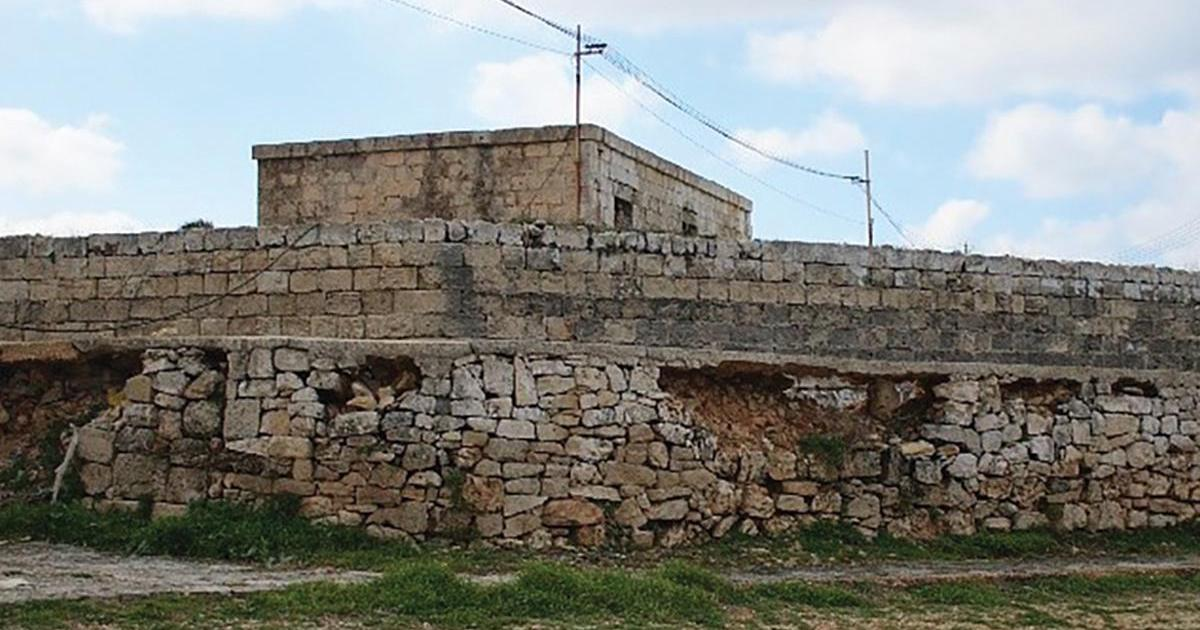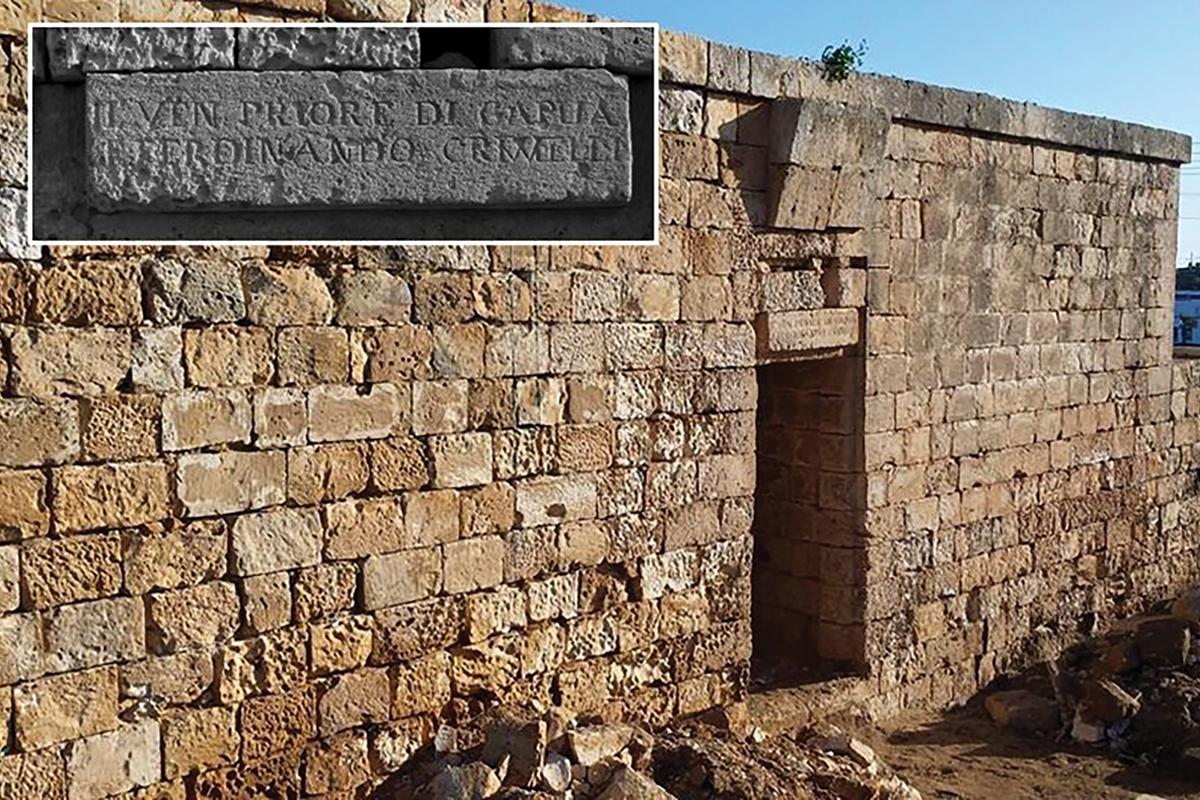Armier Redoubt
Armier Redoubt is the only coastal fortification of this type that had survived in the village of Mellieha. Unfortunately the redoubt is presently in a pitiful state. Part of the blockhouse is crumbling but itcould be restored and returned to its original condition. We have to bear in mind that this is the only redoubt in Mellieha and one of the few that had survived from the early 18th century. If the structure could be restored we can say that we have contributed to the maintenance of our national heritage.
Armier Redoubt was built between the White Tower and Vendome Battery to defend the middle of Armier Bay well. It is known also as Crivelli Redoubt because was probably the person who donated the money for its construction. It was built during the 1715-1716 and the total coast was 955.20.11.1 scudi. Its plan is similar to the majority of the coastal redoubts. It has a pentagonal platform with a low parapet. In the middle of the rear there is a rectangular blockhouse, which is divided into two. In one of rooms there is a unique fireplace and a number of graffiti of ships of that period. Probably these graffiti were made by the soldier stationed in this coastal fortification. 1


The door of the coastal redoubt is at the rear. The roof is supported by five stone arches and a dividing wall between the two rooms. There is another door which brings you to the platform. The redoubt is surrounded by a low ditch for in the event of an attack by enemy soldiers would not reach the fortification. It had no artillery positioned in it.2 The following is the inscription which can be found on the rear door of the redoubt:
References:
1 Stephen Spiteri. Fortresses of the Cross: Hospitaller Military Architecture (1136-1798), A Heritage Interpretation Services Publication, Malta, 1994, p 541.
2 Ibid.
Researched and Written by: Charles Debono B.A.(Hons) History